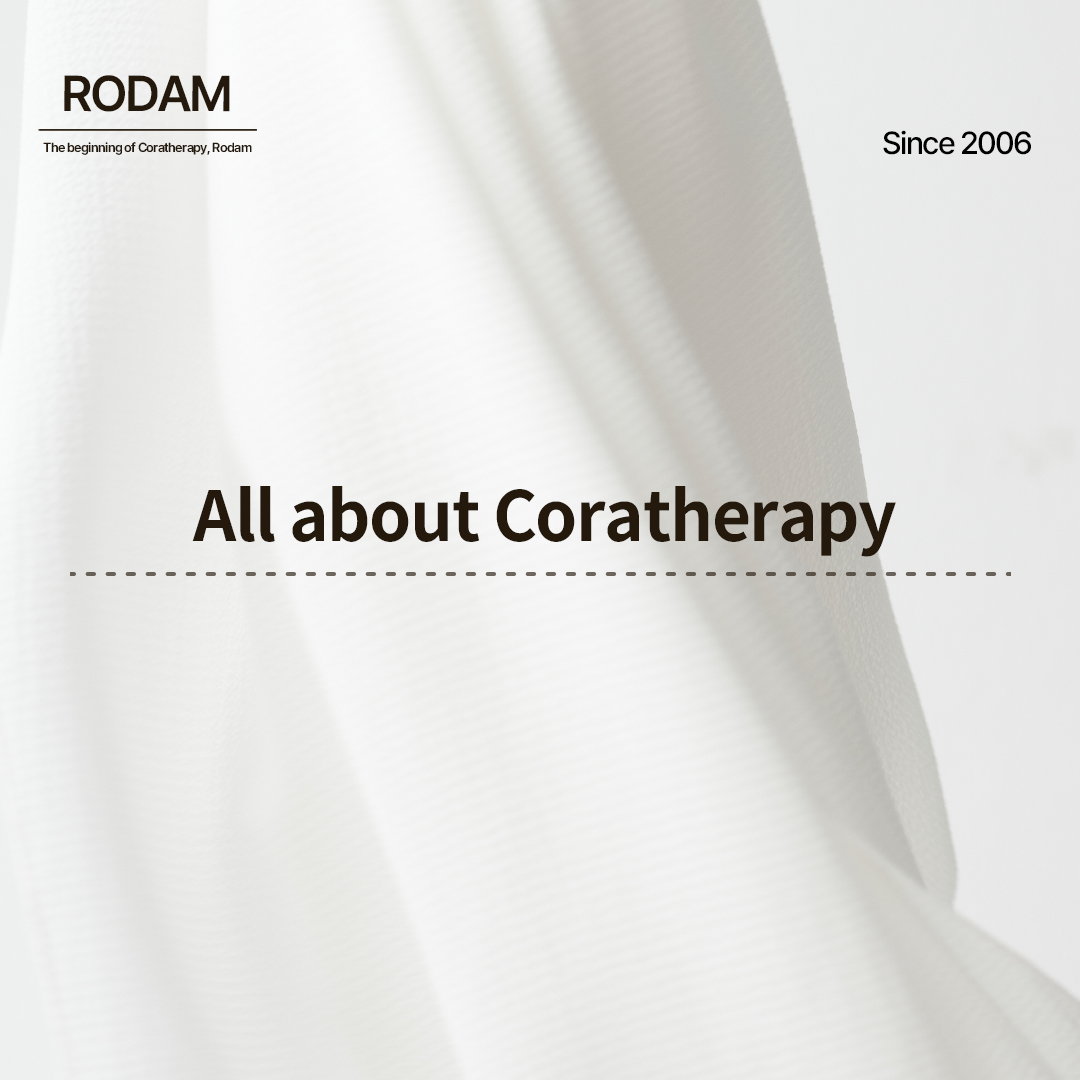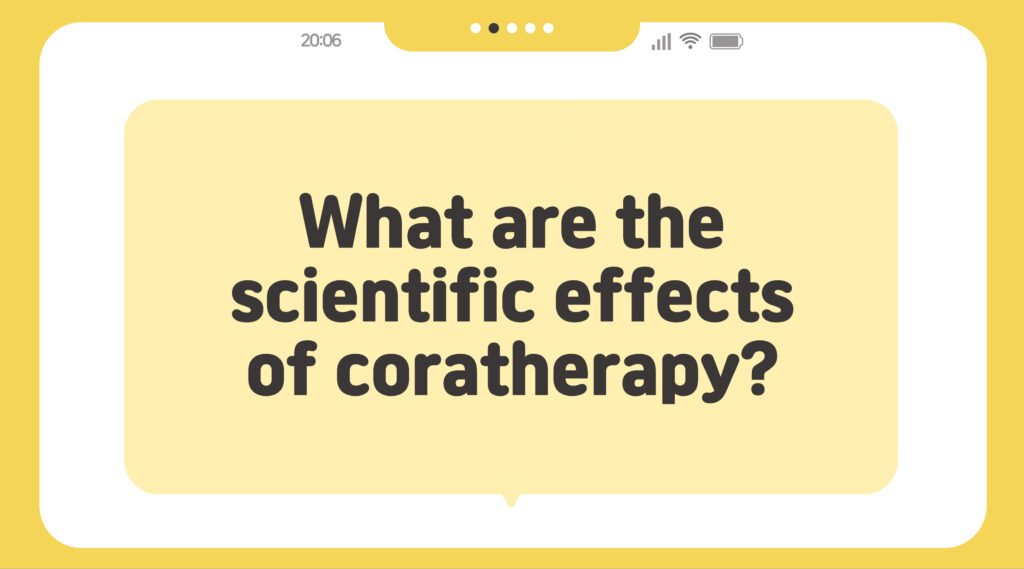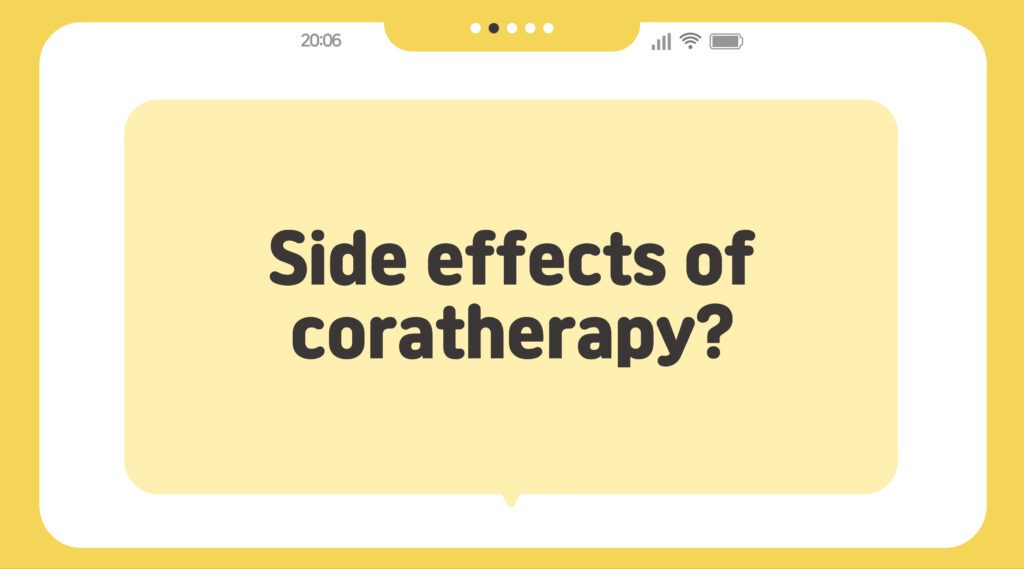
Effects and Side Effects of Coratherapy: A Summary from Rodam Korean Medicine Clinic
Hello, this is Rodam Korean Medicine Clinic, the beginning of Coratherapy for scar removal.
If you are someone struggling with acne scars, you may have heard of the term Coratherapy.
However, if you haven’t undergone the treatment yourself,
you might wonder what exactly Coratherapy is, whether it is a reliable procedure,
and whether there are any potential side effects.
Today, we would like to honestly share everything about the effectiveness and side effects of Coratherapy.

What is Coratherapy?

Coratherapy, a Korean Medicine Clinic treatment method offered by Rodam,
is designed to improve acne scars by using specially designed needles
to break down the fibrous tissue adhered beneath the scar.
This process creates space that fills with blood and regenerative substances,
encouraging the skin to regenerate new tissue on its own.
The regenerated skin is restored from the dermis layer, ensuring no indentations,
and since it utilizes the skin’s natural healing ability, it is considered a safe scar treatment method.

What is the scientific effectiveness of Coratherapy?

The effectiveness of Coratherapy has also been scientifically proven.
Rodam Korean Medicine Clinic’s Coratherapy has been published in the SCI international journal
‘Clinical, Cosmetic and Investigational Dermatology,’
demonstrating the scientific validation of this Korean Medicine Clinic scar treatment method.
In particular, case studies reported in the journal showed that after 7–8 sessions,
deep acne scars visibly improved, redness and scar boundaries were reduced,
and over 80% improvement was observed.
Such objective data further enhance the credibility of Coratherapy.

What are the side effects of Coratherapy? Side effects and coping methods

Coratherapy is considered a relatively safe procedure,
but like all medical treatments, it may have side effects.
However, most side effects are temporary and can be resolved with proper care.
Common side effects after Coratherapy include redness, swelling, and bruising.
These are natural recovery processes and usually subside within a few days.
In rare cases, side effects such as inflammation or hyperpigmentation may occur.
To prevent these, the following coping methods are recommended:
<Coping Methods for Coratherapy Side Effects>
1. Thorough consultation before and after the procedure
: Develop a customized treatment plan tailored to your skin condition and characteristics.
2. Receive treatment from an expert
: Receiving treatment from an experienced Doctor significantly reduces the risk of side effects.
3. Diligent post-procedure care
: Follow the Doctor’s instructions to keep the treated area clean and use sunscreen.
4. Gradual approach
: Opt for multiple gradual sessions instead of a single intense treatment for safety.
Particularly for hyperpigmentation, which is heavily influenced by UV exposure,
it is essential to use sunscreen when going outside
and to consistently apply regenerative cream.

Today, we explored the scientific effectiveness, side effects, and coping methods of Coratherapy.
We hope this information helps those struggling with acne scars.
If you have additional questions, please feel free to contact Rodam Korean Medicine Clinic.
Thank you.


